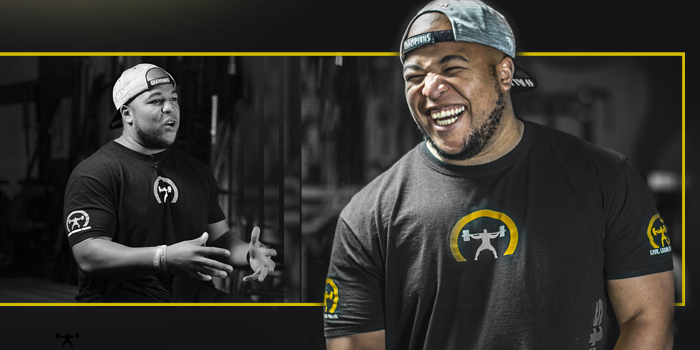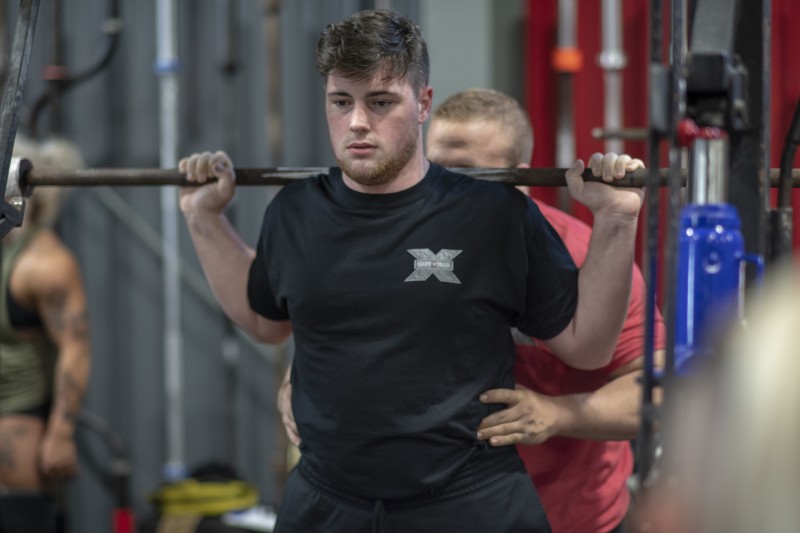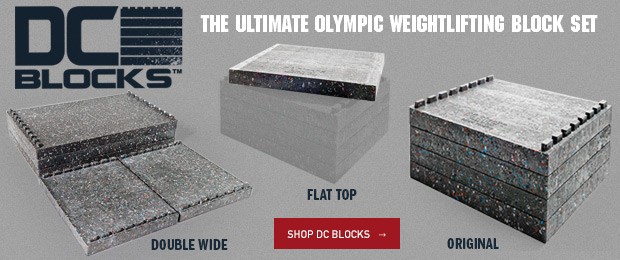
One of the oldest principles of training is the SAID principle. For those of us that don’t know what this means, it stands for “specific adaptations to imposed demands.” What it really means is that your body will specifically adapt to the demands you impose on it. For example, why are cross country runners not exactly the strongest athletes in a program? Because their imposed demand is massive volumes of cardio, not high-intensity weightlifting. And why does a 100-meter sprinter get gassed doing a 1600-meter run? Because his imposed demand lasts under 12 seconds, not minutes. You could lump SAID with energy system demands. Football players don’t have the endurance that soccer players have because their energy system requirement (i.e., what they’ve been trained on their whole lives) isn’t the same as that of a soccer player. Their imposed demands have never been to play continuously for 45 minutes. In the same way, if you trained a soccer player to condition under the same energy system demands as those of a football player (short intense bouts with a long time to recover), he or she wouldn’t be in shape to play a game of soccer. Somehow, though, we as strength coaches have a way of screwing training up even with this ancient, written-in-stone principle.
RECENT: Dynamic Effort and Practical Application to Football Sports Performance
The catch to the SAID principle (that people seem to forget) is that you cannot train all energy systems at the same time and expect maximized feedback from all of them. There will be some give and take, or, as I like to say, “a cap” on potential. So, for example, I’m sure that most of you know the softball coach who wants your players to run for miles upon miles a day. In this instance, the aerobic valve is turned up, but in turn, the valve that controls maximum strength gains is being turned down. Why? Because if you stretch the cell in too many directions, it won’t become good at one specific thing but rather average at a lot of things.
In novice-level athletes (or lifters), we don’t want to stretch the cell in too many directions on top of what we’re already giving them. We want to give them just enough to paint a trail of bread crumbs for their bodies to follow. I love the Conjugate Method and the Westside Method, but I’d lean more on it as an advanced method for more advanced athletes. This is not knocking them; this is simply admitting their advanced level of training and giving them props. But back to our bread-crumb-trail analogy: If you ask the novice to become as strong as possible while getting in the best shape of his or her lives, while losing body fat, and while learning to juggle, then you ’re going to miss the mark on something.
Now people are going to throw this argument at me: Well, we run a ton, our lifting volume is high, and I’ve seen an increase in my numbers. And hey, I’ve been places where I’ve wondered how it could possibly work. But then I ponder on all of the injuries, how only some numbers increased but weren’t as good as they could’ve been. And this is the key takeaway. Something will always have to give. You can’t get it all. This isn’t a video game where you can increase every stat simultaneously. Something will always take a back seat. That’s not to say that you can’t run ever. Or that if you run, you can’t lift hard. There just needs to be an importance placed on one thing versus the other depending on what’s important during your program based on the time of year (regardless of whether you’re in football or in soccer). For strength gains to be optimized, running will have to receive a little less of an emphasis, and vice versa. If your goal is to maximize conditioning, know that strength gains will be capped. There’s always a give and take.
MORE: The Seven Principles and You
So, what does this look like in a practical sense? Well, most people spend the off-season becoming strong and developing a base of strength because this is the longest time they have had with no games to worry about. Then, during the summer or the last block before the season starts, maximize either power or conditioning or whatever it may be. Some people don’t care about the top levels of conditioning; they only want to get to the certain levels that will help them make it through camp (talking all sports, not just football). Others do things differently. This article isn’t to argue one way versus the other because if one way works for your situation, do it. If the other way works for your situation, then do that. If a completely different way works for your situation, then yup, you guessed it—do it! But whatever you do, do it knowing that the SAID principle is real. It’s not make-believe and that stretching the cell in too many directions will turn the valve down on a lot of things versus one or two things. It’s all about what you put the precedence on. Only you know what your team needs, and hey, I’m not here to judge. But remember that if your sports energy system demands are “A” and your training is “Q,” then you may not be training optimally for what your sport requires.












1 Comment